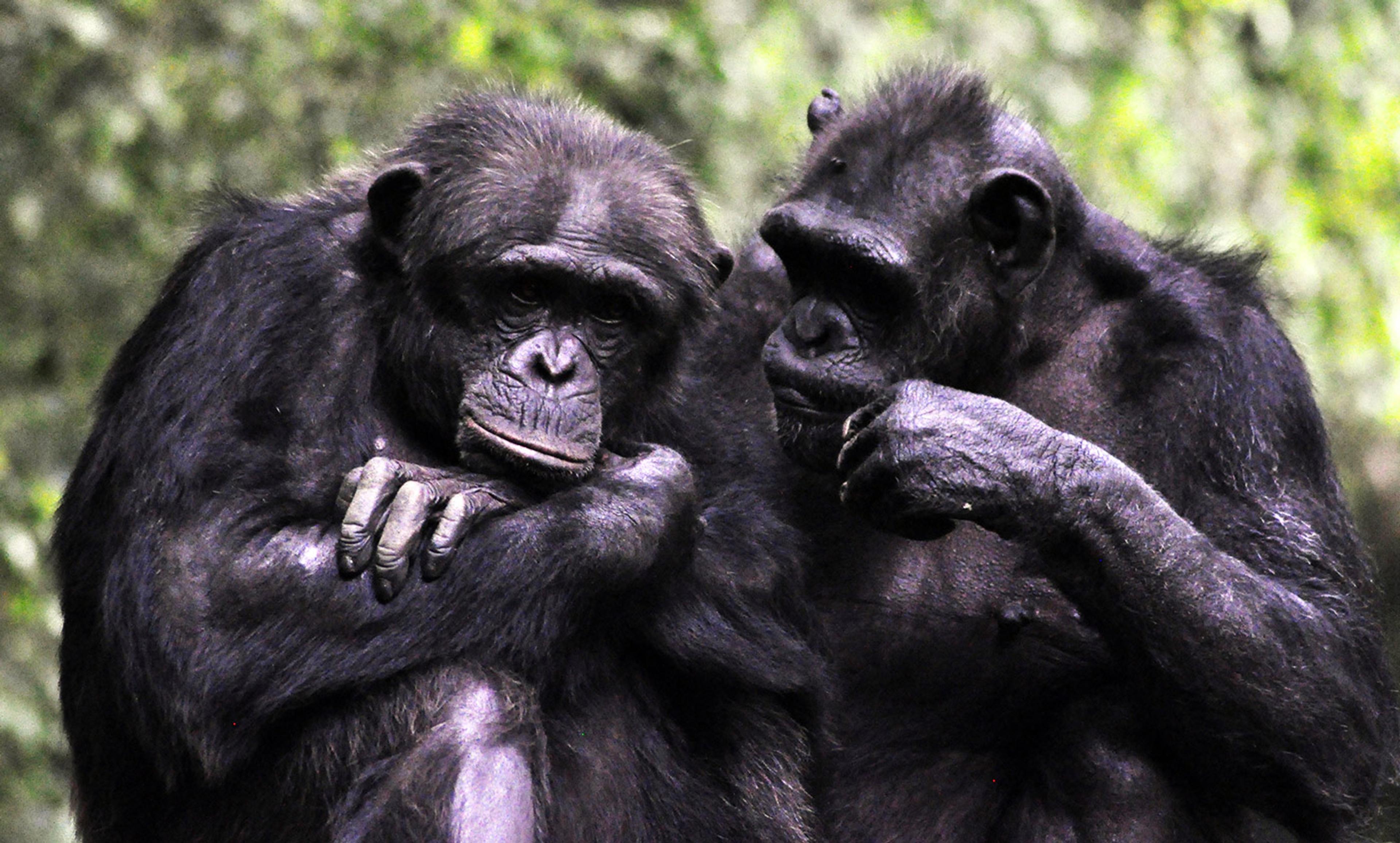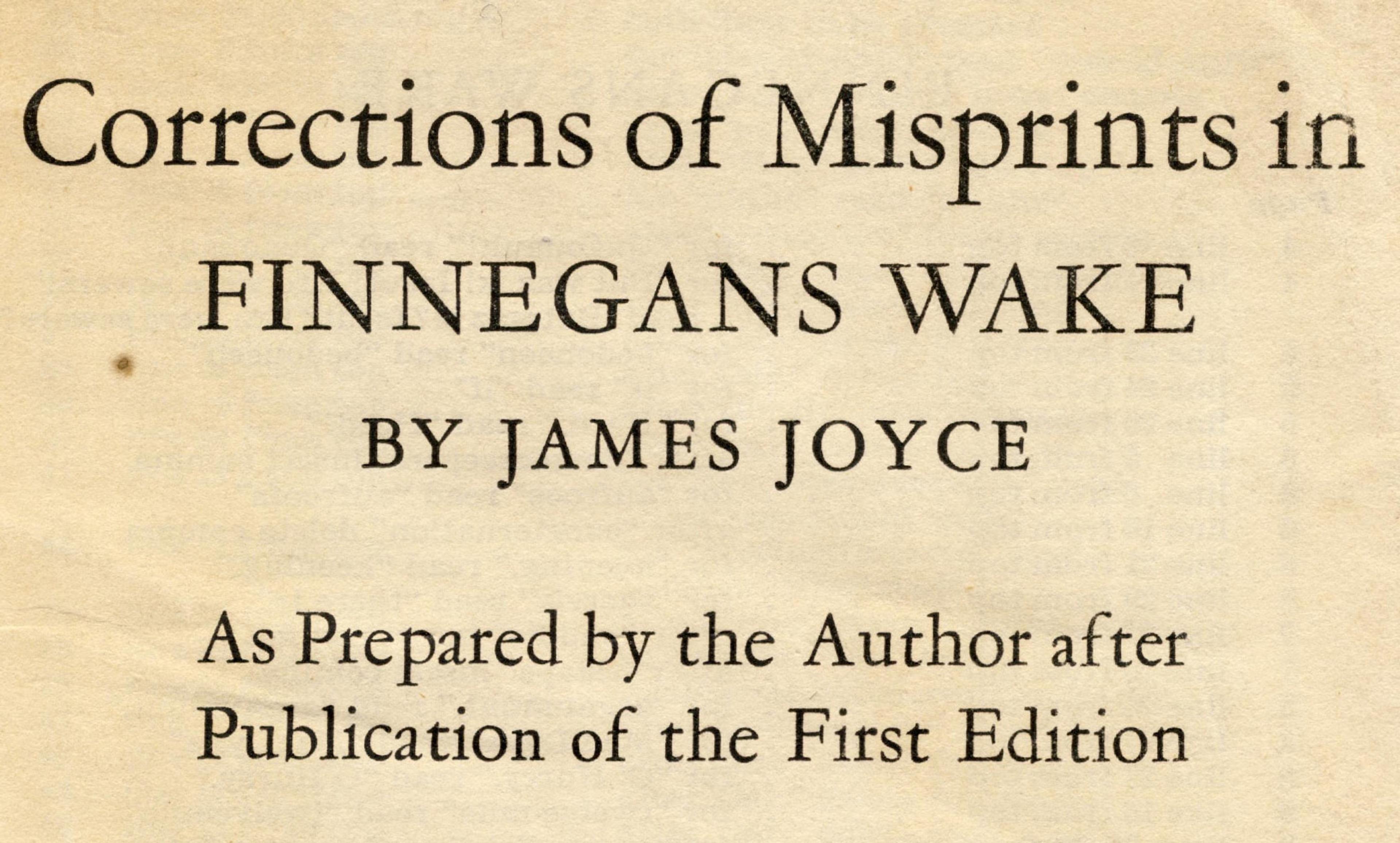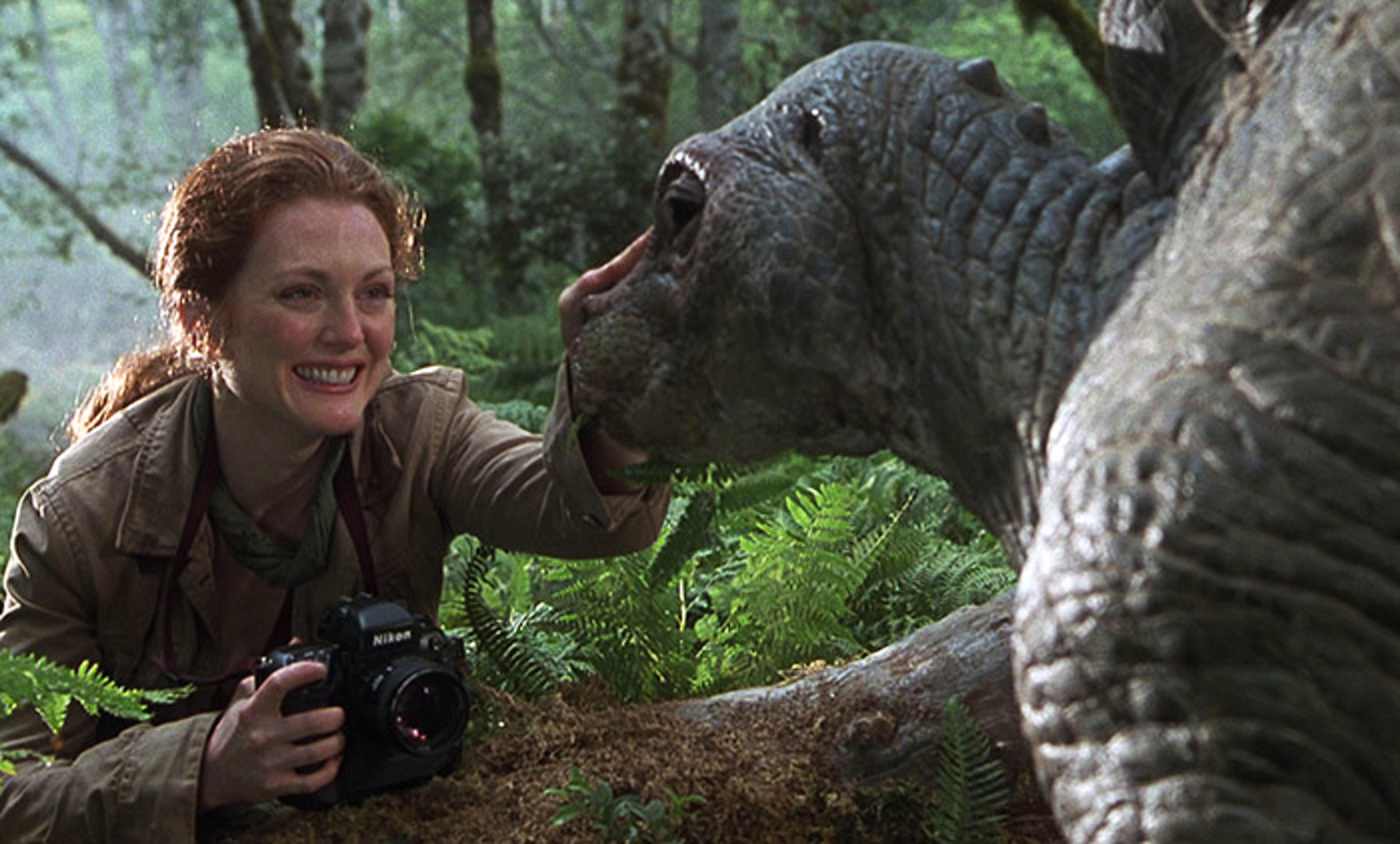Indo_Girl2010/Flickr
Scientists working on animal cognition often dwell on their desire to talk to the animals. Oddly enough, this particular desire must have passed me by, because I have never felt it. I am not waiting to hear what my animals have to say about themselves, taking the rather Wittgensteinian position that their message might not be all that enlightening. Even with respect to my fellow humans, I am dubious that language tells us what is going on in their heads. I am surrounded by colleagues who study members of our species by presenting them with questionnaires. They trust the answers they receive and have ways, they assure me, of checking their veracity. But who says that what people say about themselves reveals actual emotions and motivations?
This might be true for simple attitudes free from moralisations (‘What is your favourite music?’), but it seems almost pointless to ask people about their love life, eating habits, or treatment of others (‘Are you pleasant to work with?’). It is far too easy to invent post-hoc reasons for one’s behaviour, to be silent about one’s sexual habits, to downplay excessive eating or drinking, or to present oneself as more admirable than one really is.
No one is going to admit to murderous thoughts, stinginess or being a jerk. People lie all the time, so why would they stop in front of a psychologist who writes down everything they say? In one study, female college students reported more sex partners when they were hooked up to a fake lie-detector machine, demonstrating that they had been lying when interviewed without the lie-detector. I am in fact relieved to work with subjects that don’t talk. I don’t need to worry about the truth of their utterances. Instead of asking them how often they engage in sex, I just count the occasions. I am perfectly happy being an animal watcher.
Now that I think of it, my distrust of language goes even deeper, because I am also unconvinced of its role in the thinking process. I am not sure that I think in words, and I never seem to hear any inner voices. This caused a bit of an embarrassment once at a meeting about the evolution of conscience, when fellow scholars kept referring to an inner voice that tells us what is right and wrong. I am sorry, I said, but I never hear such voices.
Am I a man without a conscience, or do I – as the American animal expert Temple Grandin once said about herself – think in pictures? Moreover, which language are we talking about? Speaking two languages at home and a third one at work, my thinking must be awfully muddled. Yet I have never noticed any effect, despite the widespread assumption that language is at the root of human thought. In his 1972 presidential address to the American Philosophical Association, tellingly entitled ‘Thoughtless Brutes’, the American philosopher Norman Malcolm stated that ‘the relationship between language and thought must be… so close that it is really senseless to conjecture that people may not have thoughts, and also senseless to conjecture that animals may have thoughts’.
Since we routinely express ideas and feelings in language, we can be forgiven for assigning a role to it, but isn’t it remarkable how often we struggle to find our words? It’s not that we don’t know what we thought or felt, but we just can’t put our verbal finger on it. This would of course be wholly unnecessary if thoughts and feelings were linguistic products to begin with. In that case, we’d expect a waterfall of words!
It is now widely accepted that, even though language assists human thinking by providing categories and concepts, it is not the stuff of thought. We don’t actually need language in order to think. The Swiss pioneer of cognitive development, Jean Piaget, most certainly was not ready to deny thought to preverbal children, which is why he declared cognition to be independent of language. With animals, the situation is similar. As the chief architect of the modern concept of mind, the American philosopher Jerry Fodor, put it in The Language of Thought (1975): ‘The obvious (and I should have thought sufficient) refutation of the claim that natural languages are the medium of thought is that there are non-verbal organisms that think.’
You won’t often hear me say something like this, but I consider humans the only linguistic species. We honestly have no evidence for symbolic communication, equally rich and multifunctional as ours, outside our species. Language parallels between our species and others have been called a ‘red herring’. But as with so many larger human phenomena, once we break it down into smaller pieces, some of these pieces can be found elsewhere. It is a procedure I have applied myself in my popular books about primate politics, culture, even morality. Critical pieces such as power alliances (politics) and the spreading of habits (culture), as well as empathy and fairness (morality), are detectable outside our species. The same holds for capacities underlying language.
Honeybees accurately signal distant nectar locations to the hive, and monkeys might utter calls in predictable sequences that resemble rudimentary syntax. The most intriguing parallel is perhaps referential signalling. Vervet monkeys on the plains of Kenya have distinct alarm calls for a leopard, an eagle or a snake. These predator-specific calls constitute a life-saving communication system, because different dangers demand different responses. For example, the right response to a snake alarm is to stand upright in the tall grass and look around, which would be suicidal if a leopard lurks in the grass. Instead of having special calls, some other monkey species combine the same calls in different ways under different circumstances. You wouldn’t call it language, but it unquestionably carries rich meaning.
Hand gestures among other primates are especially noteworthy, since in the apes they are under voluntary control and often learned. Apes move and wave their hands all the time while communicating, and they have an impressive repertoire of specific gestures such as stretching out an open hand to beg for something, or moving a whole arm over another as a sign of dominance. We share this behaviour with them and only them: monkeys have virtually no such gestures. The manual signals of apes are intentional, highly flexible and used to refine the message of communication. When a chimp holds out his hand to a friend who is eating, he is asking for a share, but when the same chimp is under attack and holds out his hand to a bystander, he is asking for protection. He might even point out his opponent by making angry slapping gestures in his direction. But although gestures are more context-dependent than other signals and greatly enrich communication, comparisons with human language remain a stretch.
There is a notable irony here. In an earlier age, the absence of language was used as an argument against the existence of thought in other species. Today I find myself upholding the position that the manifest reality of thinking by nonlinguistic creatures argues against the importance of language.
Reprinted from Are We Smart Enough to Know How Smart Animals Are? by Frans de Waal. Copyright© 2016 by Frans de Waal. With permission of the publisher, W.W. Norton & Company, Inc. All rights reserved.
This selection may not be reproduced, stored in a retrieval system, or transmitted in any form by any means without the prior written permission of the publisher.






